When Is “Dead” really dead? What Science Says Happens After A Person Flatlines
The existential question that haunts humanity continues to be: what happens to a person after they die? While we may never be able to come to a conclusion about the certainty of an afterlife, scientists have been performing groundbreaking experiments that could change our understanding of death.
The cycle of human physical life begins with birth and ends with death. Tomorrow is never promised, and while every human knows that death is always creeping around every corner, scientists have been stuck on the question of: how do we know when someone is truly "dead"?
Click HERE to learn what Numerology says about your life using only your Birth Date.
A Recent Study On Death
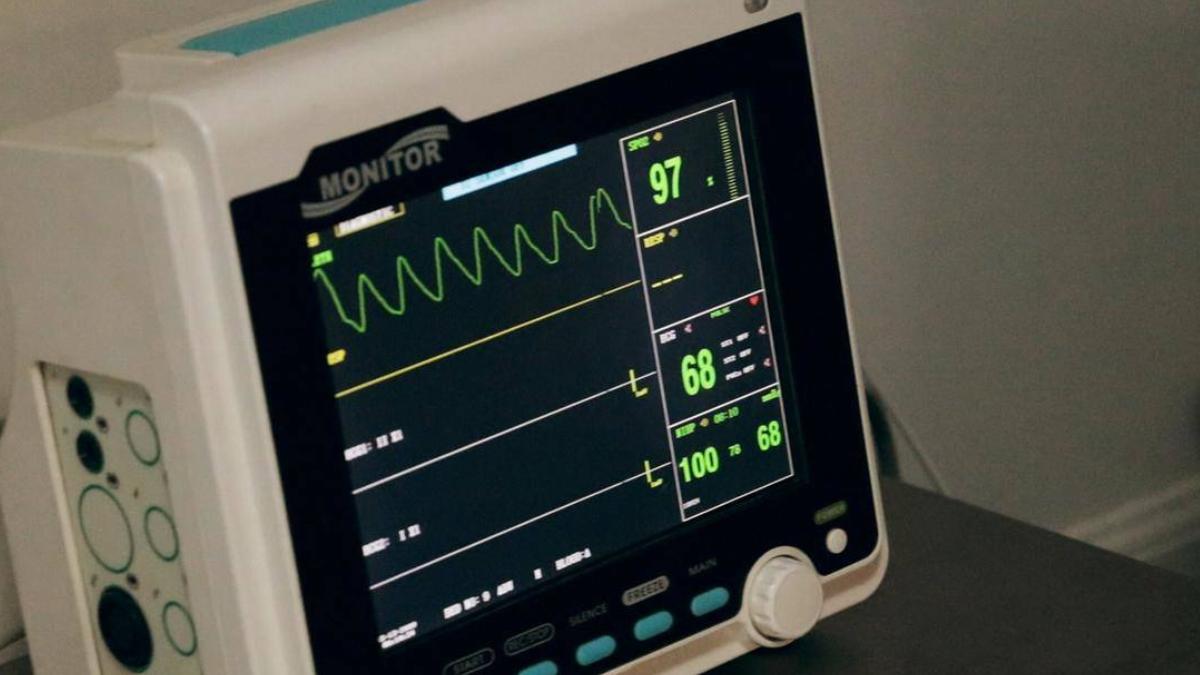
A person is typically pronounced dead once they experience flatline, which indicates that there is no longer energy active within a human heart. However, a study conducted on 631 dying patients from Canada, the Czech Republic, and the Netherlands have allowed doctors to understand the dying process better.
Using advanced technology, the heart rate, blood pressure, blood oxygenation level, and respiratory patterns were examined during these individuals' time of death. Observing the possibility of heart activity returning after one minute of flatline has created some interesting conclusions that answer: What happens when a person is dead before their heart stops working?
Stop-And-Start Heart Rates

With 14% of successful experiments showcasing a stop-and-start heart rate pattern, scientists have announced that the typical flatline process is not as simple as we have understood it to be. In one scenario, the human heart stopped for four minutes and 20 seconds but later restarted again, ultimately leading to the individual's death.
In a different case, a heart reported activity for 27 minutes after restarting. In both of these outcomes, although the heart continued to beat following its flatline, the patients did not survive and remained unconscious.
Electric Stimulation In Our Bodies
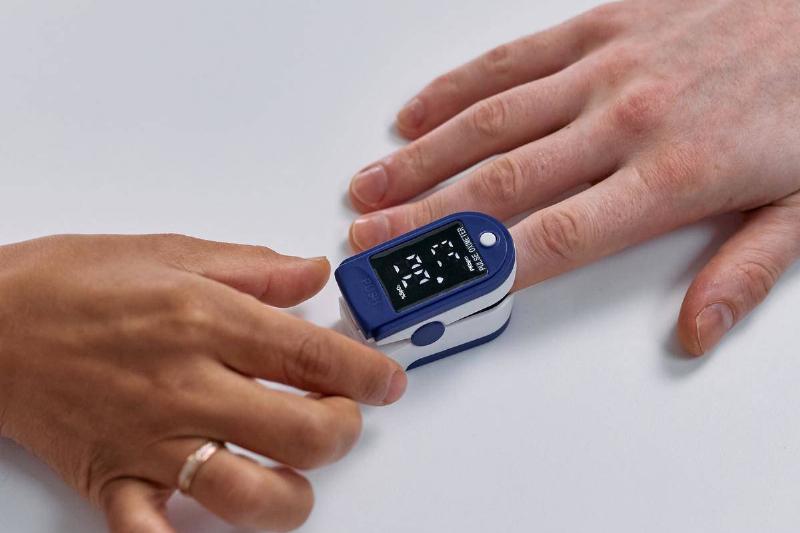
In addition to observing stop-and-start heart patterns, scientists have discovered a new connection between the electricity of the heart and the blood flow in human veins. It was noticed that in some cases, the heart seemed to be alive longer than the human was.
In only 19% of the cases did the heart rate and pulse stop together. While the electrical stimulation of nerves persevered, in some cases for up to 30 minutes, there remained no movement of blood. Could this be evidence of the dual nature of souls and bodies?
It also raises questions about whether there is a way to bring back a person into a world while their heart keeps beating somewhere in limbo, between life and the afterlife, wherever that may be.
The Debate Around Organ Donors
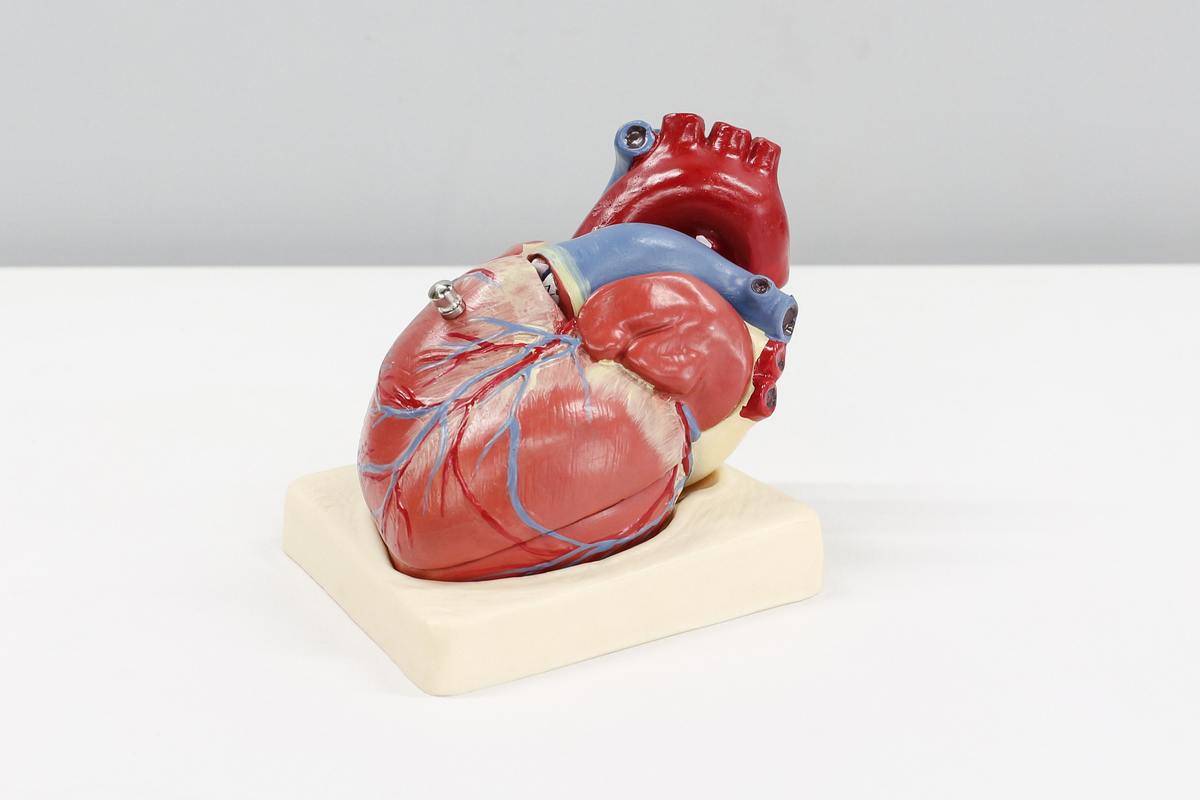
The correlation between death and heart rate significantly affects the science of organ donations. The "dead donor rule" states that a patient must die before their organs are recovered, but the recovery of organs cannot be the reason for their death.
Controversy with this idea is that if doctor's remove organs too far after the final heartbeat, organs lose their quality and strength. However, with the evidence of returning heart activity, doctor's fear disturbing the individual who has not yet fully died.
Peaceful Passings
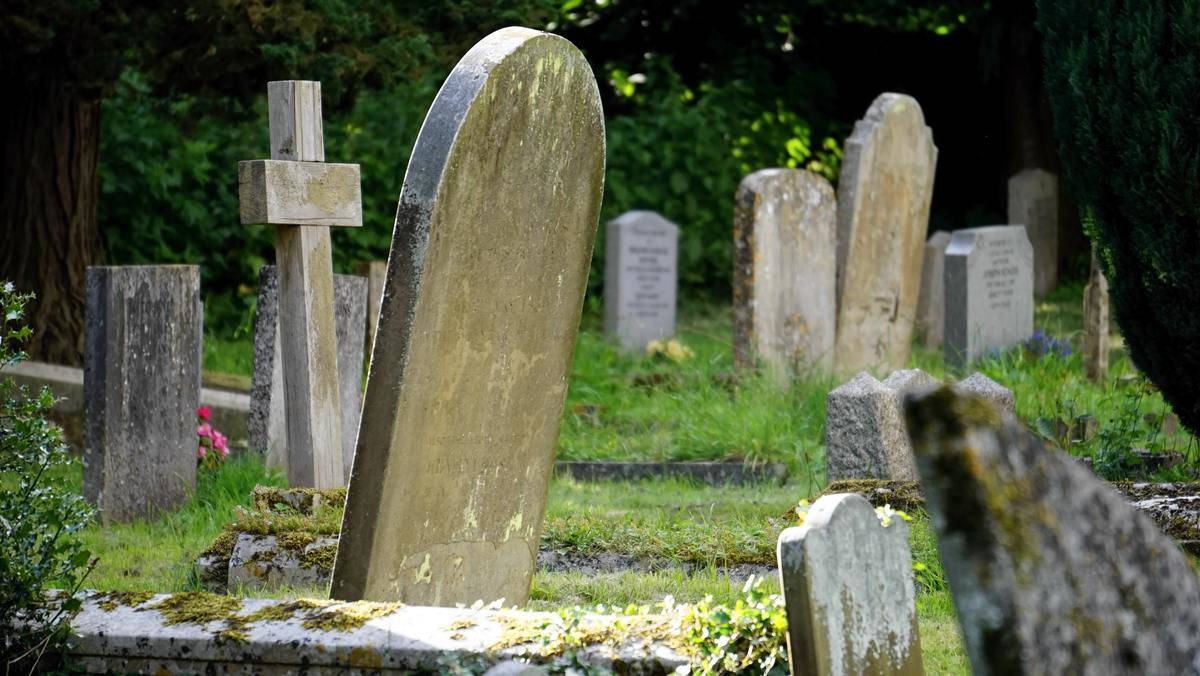
The typical procedure regarding organ removal is to wait five minutes after the pulse has stopped to begin the process of organ donation. With the knowledge that the most extended break between stop-and-start activity in a deceased patient was four minutes and 27 seconds, it's concluded that this rule of thumb effectively keeps both organs and humans safe.
When a human decides to donate their organs to help the sick or advance scientific studies, they make a sacrifice in which they share a part of themselves. So, this revelation about the determination of death helps honor the peaceful passing of loved ones.
Our Understanding Of Life And Death
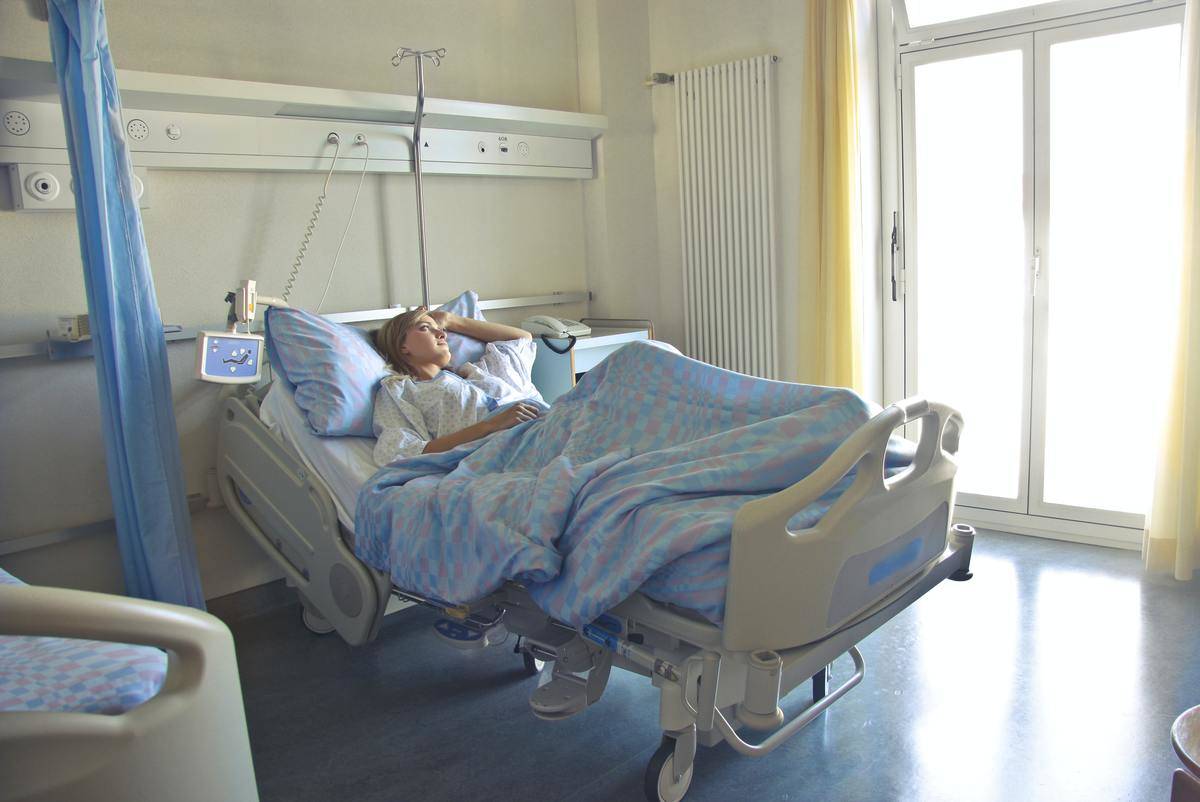
This study provides important conclusions about our evolving understanding of life and death. Whether you're a doctor assisting a patient towards their end or a loved one holding the deceased hand, an abnormal flatline mustn't lead to false hope and heartbreak for the living.
Knowing that the electrical activity of a heart can continue for a long period of time once someone has already crossed to the afterlife eliminates the confusion that would occur when a bedside monitor restarts. It doesn't mean that a person is regaining consciousness, but that their soul is exiting the physical body, saying its final goodbye.
Forever In Our Heart's

In life, we experience hiccups and setbacks that make our journey a non-linear path. Similarly, the dying process appears to reflect the same idea of uncertainty. There is no clear-cut answer to the question of what death looks like, but instead, it shows that everyone passes through their own unique journey.
Understanding how death works provide comfort to the grieving state of a dead person's loved one. But, perhaps the heart's reluctance to stop is a light at the end of the tunnel, a way that souls stay back to let us know they'll still be with us forever in our own hearts.
Are you still searching for your life purpose? You won't believe what the science of Numerology can reveal about you!
That's right, the numerology of your birth date, regardless of what month you were born, can reveal surprising information about your personality.
Click HERE to learn what Numerology says about your life using only your Birth Date.





